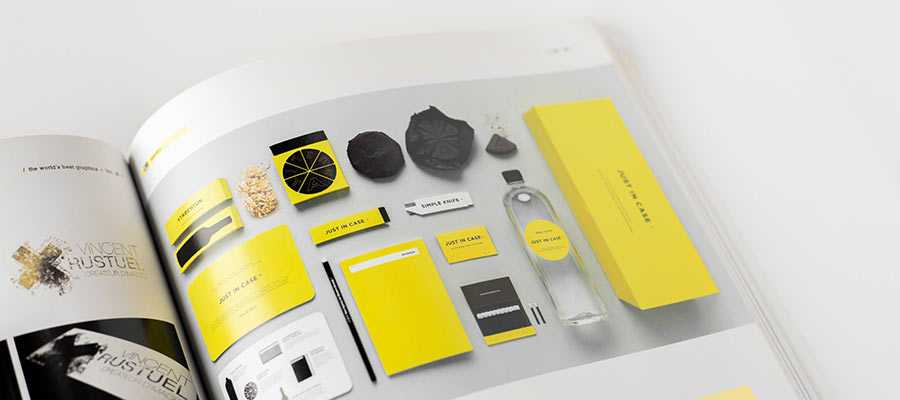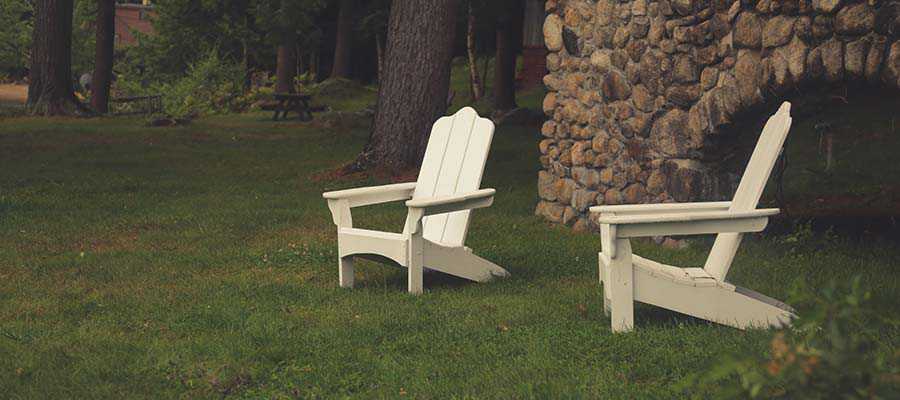There are a number of reasons why WordPress has the biggest market share among content management systems (CMS). For some developers, it’s the massive ecosystem of available themes and plugins that draws them in. Others may cherish the opportunity to create their own custom addons.
The most common thread here is flexibility. WordPress is capable of powering virtually any type of website one imagines. Everything from a simple blog to an eCommerce shop and beyond are possible.
But, as with all technology, there is a certain level of responsibility that comes with using WordPress. It’s something to consider when choosing how you want to build a website. Because, while the CMS is capable of great things, there are scenarios where it may not be the right option.
Let’s take a closer look at some times when it may be wise to steer clear of WordPress – or any CMS, for that matter.
When There’s No One to Maintain the Website
As a designer who has inherited a number of WordPress websites, I’ve seen it before: a website was built several years ago and hasn’t been touched since. A client knows their website needs some work, but doesn’t realize the depth of the underlying problems.
There can be a myriad of issues involved. For one, severely outdated versions of WordPress core, themes and plugins. This is a potential nightmare in terms of security. And it’s not uncommon to find that a site in this situation has been compromised.
Upgrading the software isn’t always so straightforward, either. Some items may have been abandoned, or have to be updated a version at a time to avoid complications.
Unfortunately for the client, there could be a significant cost in cleaning this up. All because their website wasn’t properly maintained in the first place.
The trouble is, most website owners aren’t going to know about the importance of WordPress maintenance unless a designer informs them. Too often, designers simply hand over the keys without a whole lot of instruction. But even when they do, clients may either ignore the advice or forget about it.
The truth is that WordPress does need to be regularly maintained. For the sake of both security and functionality, updates need to be applied in a timely manner.
Therefore, if an organization doesn’t have anyone (or are unwilling to pay someone) to maintain their website, it may be better off not utilizing WordPress. In these situations, a static HTML website or even a managed proprietary CMS could be more sustainable options.
And yes, WordPress can be auto-updated. However, it’s still important to have someone knowledgeable regularly checking in on the site. Otherwise, something could break and be left that way indefinitely.

Your Project Doesn’t Need Content Management Functionality
Having new and ever-changing content is a great way to keep users engaged. Yet not every organization is going to make that commitment. Sometimes there’s no budget for original content, other times there simply may not be enough time to create it.
Of course, one of the key selling points of WordPress is the ability to create and organize content with ease. Whether that’s building a slick page layout in the Gutenberg block editor or adding an ongoing archive of recipes, this is what a CMS is built for.
But what if your project doesn’t require any of this? The traditional “brochure-style” website is still alive and well. Their purpose is to supply users with the information they need and way to get in touch. Beyond that, there may not be much call for the kinds of functionality a CMS provides.
In this case, implementing WordPress may be overkill. First, there’s the potential for higher startup costs – especially if a custom-built theme is involved. Then there are also the aforementioned maintenance requirements.
If there’s not much content and it’s not likely to change, a CMS is completely optional.

You (or Your Client) Have No Desire to Learn the Inner Workings of a CMS
Over its many releases, WordPress has made big strides in usability. It has had a keen focus on newcomers. But for some users the dashboard still offers a lot of clutter.
Even a website that looks simple enough on the front end can be complex behind the scenes. Users have to know where different types of content reside. Beyond pages and posts, there could be any number of custom post types implemented. Then there are plugins like photo galleries, sliders and shopping carts to navigate.
For a non-designer to manage content effectively within WordPress, it often takes some training. In most cases, I’ve found clients to be very receptive to learning. But there are also a few that have very little desire to dig in.
These folks may benefit more from a system that is dead-simple and more limited in scope. One that offers front-end content editing by default and has few settings to tweak.
WordPress offers users the world. However, it’s important to remember that some people prefer to stay within their own backyard.

With a Great CMS Comes Great Responsibility
In some ways, I feel a bit silly in discussing reasons not to use WordPress. After all, it’s a tool I use almost exclusively.
But I also think it’s healthy to talk about the responsibilities that come along with using it. While the software is free of charge, it does require a few things from us:
- Regular maintenance;
- A willingness to learn how to use it;
That may not seem like an awful lot. But in reality, it is a bridge too far for some people. And there are also times when the functionality WordPress offers just isn’t necessary. In those cases, there’s nothing wrong with adopting the simplest solution.
The ability to meet these minimum user requirements is a key to whether or not WordPress is right for your project. If they can’t be met, then you might want to look elsewhere.
Related Topics
Top